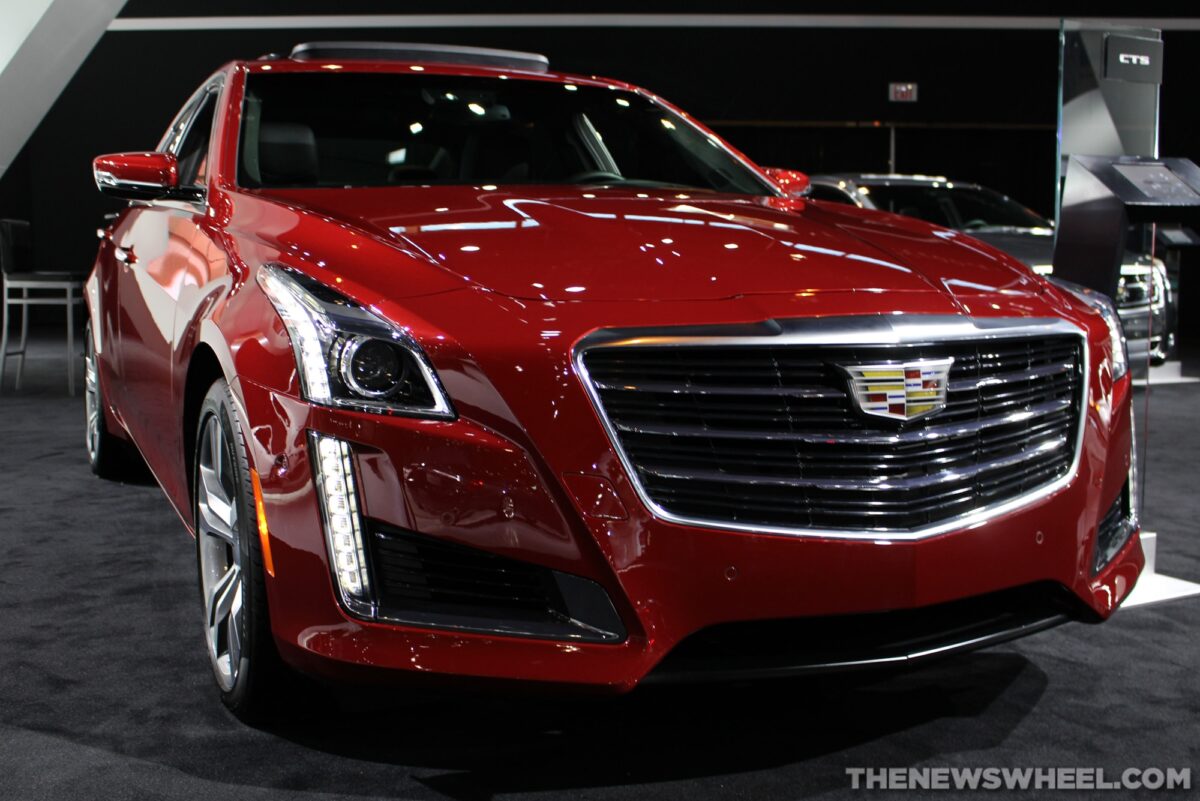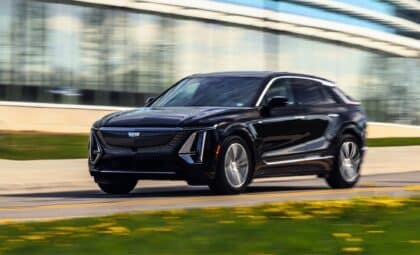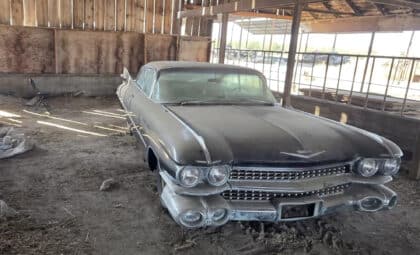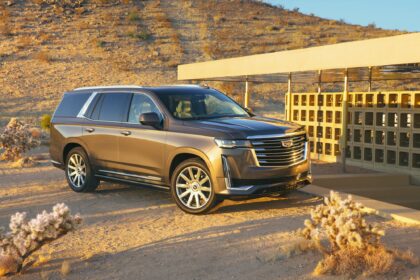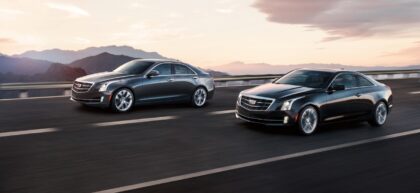There is no fantasy lying in the fact that today, vehicles can communicate with each other—not verbally, but through wireless networks. Cadillac CTS models have laid the foundation in Vehicle-to-Vehicle, or V2V, communication. This could be a crucial step towards the improvement of safety and alerts for drivers, as well as the prevention of potential hazards.
V2V communication is carried out with the help of Dedicated Short-Range Communications (DSRC) and global positioning sensors, through which nearly thousands of messages per second can be sent within 300 meters range of distance between cars. The messages, sent at the dedicated frequency rate of 5.9 GHz, include information about what is going on around the vehicles.
Many automakers—like BMW, Ford, Toyota, Honda, FCA, Audi, Volvo, and Mercedes-Benz—are starting to introduce V2V communication in their vehicles, but Cadillac paved the way to bring this system to the automotive market and is, therefore, the preferred choice for luxury car buyers. According to research on Cadillac Nationwide Price Comparison by Autozin, owning a Cadillac CTS model with V2V technology is most affordable in West Virginia.
The Cadillac CTS V2V communication technology performs via an on-board transmitter which helps send a variety of information, such as location, direction, traffic stage, and speed to other automobiles connected to the network, reminding or indicating them of any possible risk.
Cadillac has announced the Cadillac CTS will come standard with all-new safety technology
The system ensures that it will maintain full customer privacy and protection by not revealing any sort of recognizable details like registration information, serial numbers of vehicles, or wireless identity codes. It uses firewalls and encryption to guarantee there will be no interference in the signals so that messages are exchanged only with V2V communication. Therefore, the security code changes quickly with each signal sent, so the appropriate signals can only be used for informing other vehicles.
Here are some of the indications this system can provide:
- A following vehicle receives a warning notification in the event of any activation of the anti-lock braking (ABS) system as a result of slippery or rough road. Thus, other drivers will be able to handle the situation accordingly when they encounter the road ahead.
- If an automobile’s brakes are applied hard, the related signals will be sent to the following vehicle, cautioning and guiding the driver with a message about hard braking. This existence of signals will be helpful in case of invisible hills, standstill traffic, or even to the people who are fond of speedy driving on highways and traveling at pace unknowingly exposed to danger ahead.
- A caution message also appears in the following car when the transmitting vehicle’s hazard lights and airbag come into action. This signal becomes essential in dense fog, rain, or snow and when there is less visibility.
Taking these initial steps with V2V communication, Cadillac is dedicated to provide a great method for security with warning messages. With only the CTS models currently compatible with V2V, it will be thrilling when more Cadillac vehicles and other manufacturers have this technology available.
This article contains sponsored links.
The News Wheel is a digital auto magazine providing readers with a fresh perspective on the latest car news. We’re located in the heart of America (Dayton, Ohio) and our goal is to deliver an entertaining and informative perspective on what’s trending in the automotive world. See more articles from The News Wheel.

